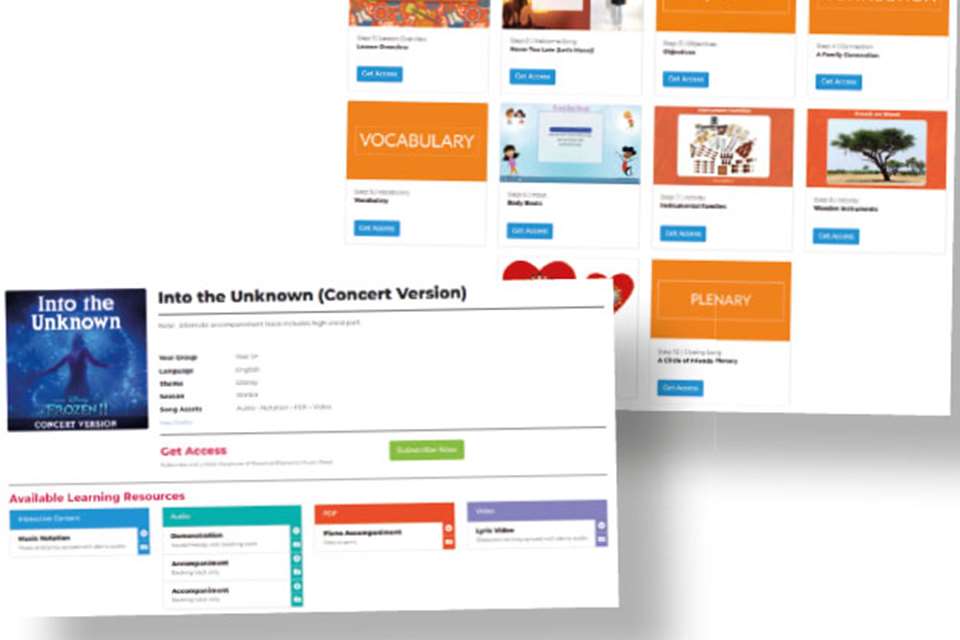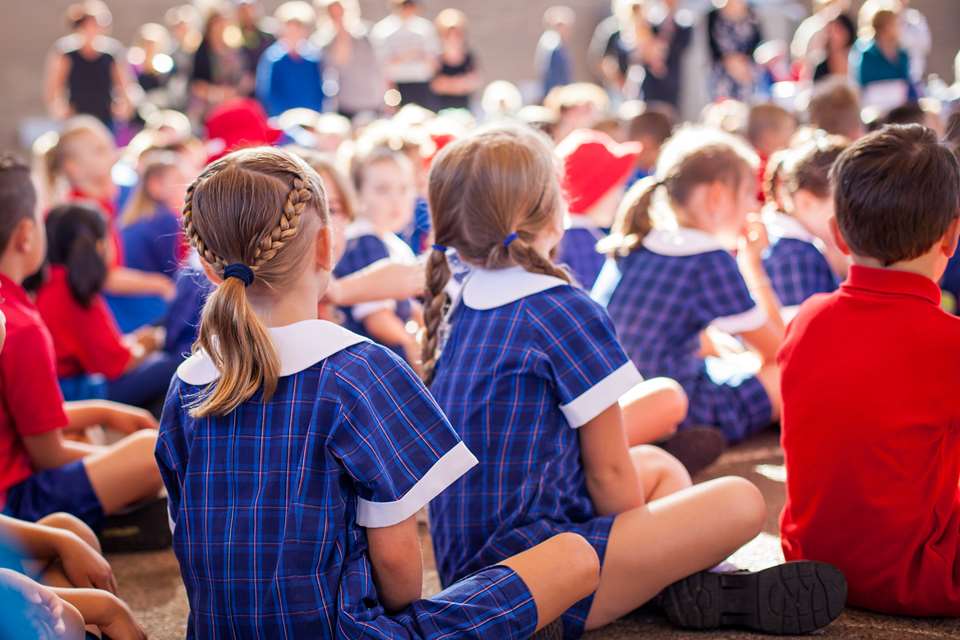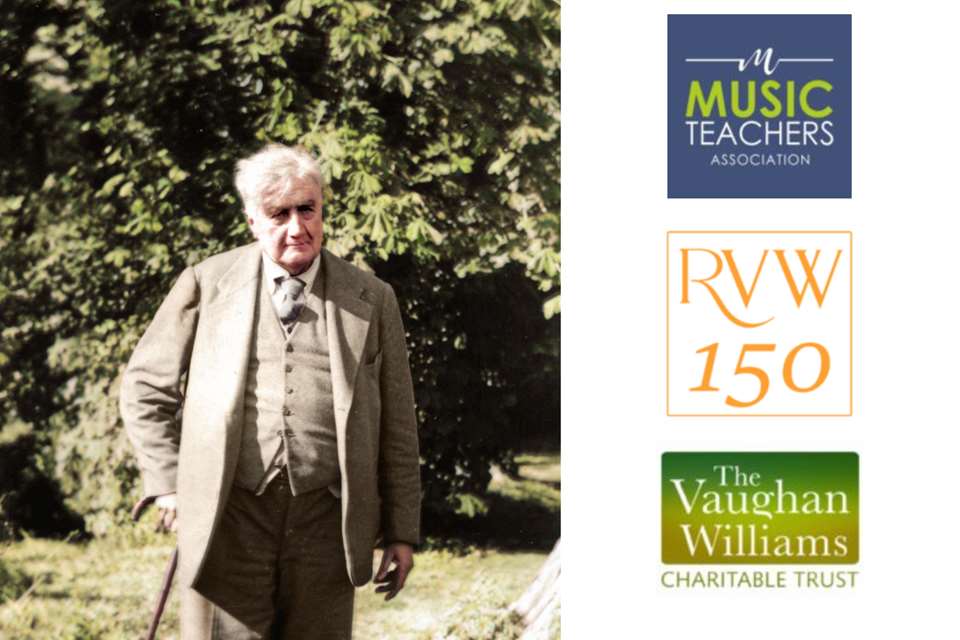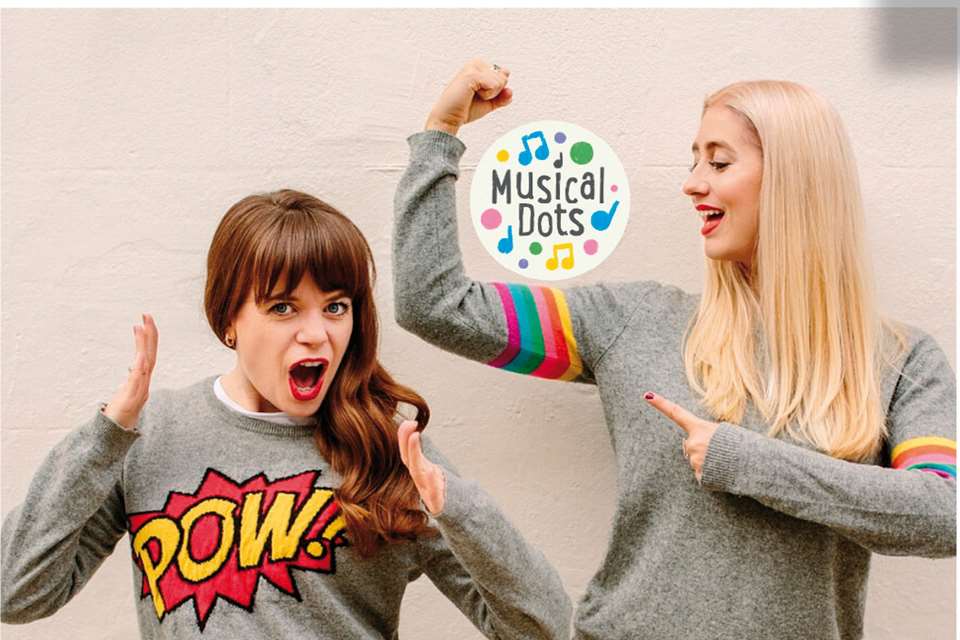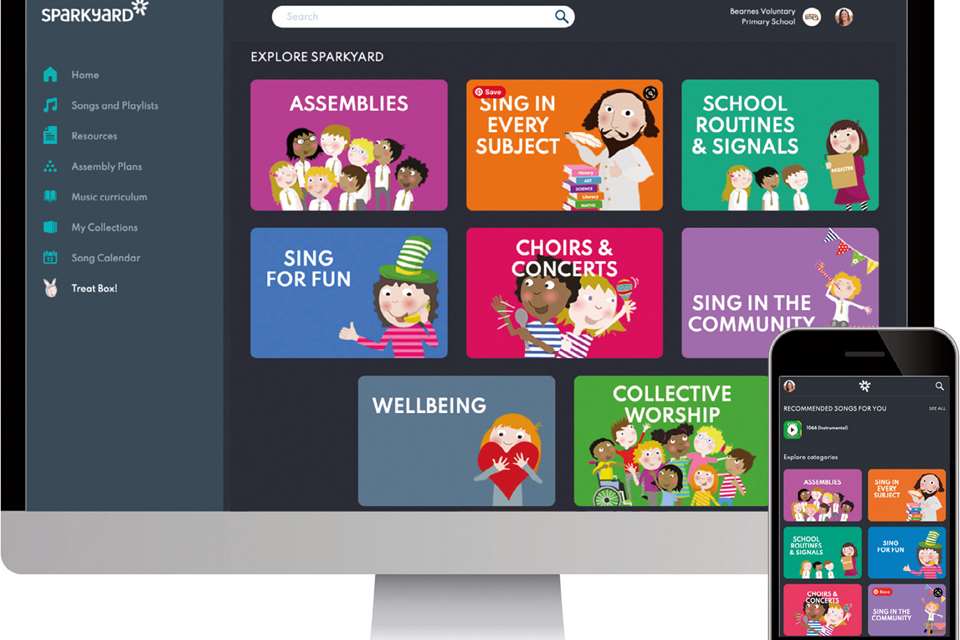Resource Review: ABRSM's Classroom 200
Nadia Ruiters
Thursday, September 1, 2022
Nadia Ruiters reviews ABRSM's free resource package, Classroom 200.

I have been so inspired looking through the range of music styles included in ABRSM's free resource package and have found it a thought-provoking basis to support my lesson planning. I'm both a secondary school music teacher and an instrumental teacher in an all boys school in the Luton area, with a community context that has historically been resistant to music and musical education. Getting students who have not heard a large spectrum of music to be interested is hard, but I've been keen to battle on and find ways to demonstrate the amazing power of music in all its forms. Classroom 200 has helped to do just that.
Covering everything from traditional to contemporary styles, this resource includes clear examples and is accompanied by detailed lesson plans to bring music to life for students of all abilities. Classroom 200 has been put together by teachers, and this shows in the supporting material. Aimed at ages five to 14, the lesson plans are rich and engaging, taking into account varying abilities and making use of additional activities for that extra stretch.
The activities and resources provided could easily be used straight out of the box, but I've also found them an excellent springboard to instigate new activity ideas of my own. For example, one activity centred around tempo through listening to the piece Adagio for Strings. This was easily adapted into a whole class lesson incorporating listening for key features and allowing space for sharing ideas.
A feature I've found really helpful is being able to filter the search function by the elements of music, such as pitch and dynamics. I haven't seen this elsewhere and it has helped me to find specific examples tailored to what I'm teaching.
However, I think ABRSM has an opportunity to develop this filter function further; when typing in wider terms, such as ‘film music’ or ‘Bhangra’, the results are limited. There are many examples in the repertoire used, but the tagging doesn't always allow the range to be fully accessed. When I've done some digging, I've found other pieces that have expanded my own knowledge in different areas and allowed me to use less common pieces as examples. Refining the search function would make the selection available easier to find; and allowing multiple filters to be combined across musical elements, styles and content objectives would take the resource package on offer to the next level.
The curiosity box feature on all of the pages offers a chance for further reflection for both me and the students, featuring links to videos, informative content, and extensions on the material covered in the lesson. In my Year 9 lessons, I have enjoyed using these ideas to create Spotify playlists as well as setting easy, purposeful homework tasks to encourage a real discussion for the start of the next lesson. My students seemed to enjoy these tasks too, especially if there was a quiz attached. I find that when teaching boys, it's always good to assess learning through some healthy competition, and this package makes that task simple and effective, requiring a minimum of additional knowledge from the class teacher.
Each lesson unit continues a self-reflection framework centred around the content and resources used in the unit, including prompts to address both teacher and student engagement and satisfaction with the material; this worked well for me as lessons can sometimes become overwhelming, particularly on days when I would deliver the same material to multiple different classes. The prompt questions on offer allowed for space to challenge myself and act as a real basis for learning from and adapting lessons where needed. The self-reflection section, I feel, holds you accountable – an added luxury for a more seasoned practitioner who has, perhaps, allowed self-reflection to fall by the wayside in favour of time management.
When speaking to my wider music teacher community, the general feedback on this resource has been that it seems to be aimed at non-specialists who have some musical ability, so perhaps more suited to Key Stage 1 and 2. The KS3 resources need to have a more structured approach to the genres in which they exist, but they could be used as performance activities within a more detailed unit.
Overall, I think Classroom 200 offers some really good ideas as starting points to build engaging music lessons. Its impact is limited by these being standalone, rather than built into a more overarching curriculum that enables progression and development of ideas. Despite this, it is really helpful that there is an eclectic range of quality music, which is strengthened by excellent supporting material. For this reason alone, I recommend Classroom 200 as an effective education tool to add to the toolkit.


